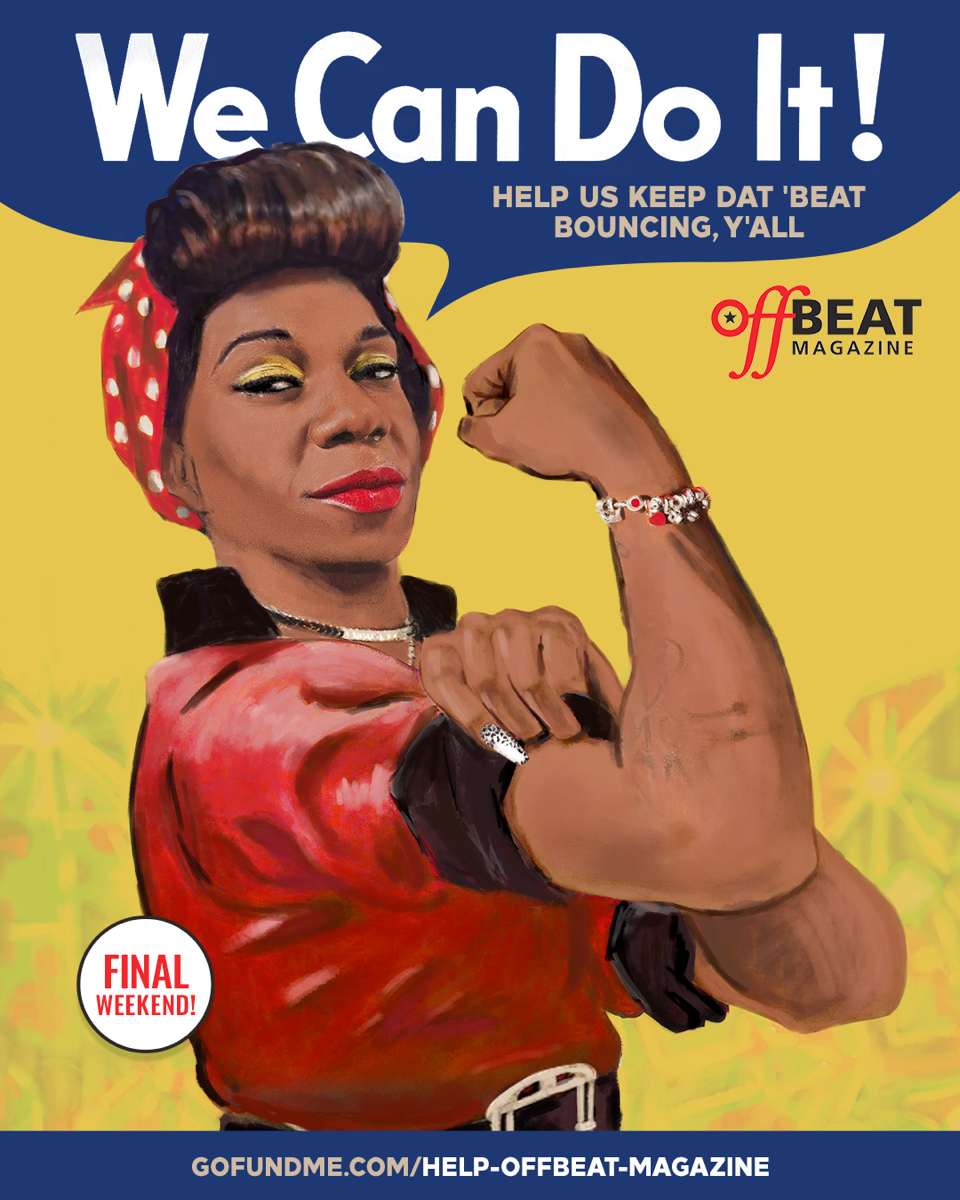 |
“Miles Davis fed on conflict,” wrote Philip Freeman in his fascinating new book Running the Voodoo Down: The Electric Music of Miles Davis. Freeman pointed out that Davis “routinely pitted band members against each other.” The observation goes a long way toward explaining Davis’ process in eliciting performances from musicians they didn’t know they were capable of. Unlike traditional bandleaders who were teachers, dictators or great writers who tailored their music to their band members’ talents, Davis assembled musicians with a concept in mind and left them to fill in the blanks.
The Cellar Door Sessions 1970 is the latest chapter in Columbia/Legacy’s systematic release of Davis’ output during his three decades with the company, a period that spanned all the major phases of his career. If this ongoing project sometimes seems like the jazz equivalent of the relentless packaging of decades-old live Grateful Dead performances, it also provides an ongoing look into the mindset of an innovator who changed the course of jazz history at least three times during his stay at Columbia Records — first with the so-called Birth of the Cool sessions with Gil Evans, painstakingly repackaged as the Miles Davis/Gil Evans box; then with the modal jazz improvisations still best represented by the epochal Kind of Blue; and finally with the jazz-rock fusion introduced with spectacular fanfare on Bitches Brew, a point at which Davis risked everything.
Davis fought his fans as hard as he did his band members, notoriously playing with his back to the crowd but more importantly, never playing what was expected of him. Live shows were high wire acts that worked because of the quality of the players and the contexts Davis placed them in, and much of it was recorded so producer Teo Macero could assemble the highlights into album-length packages. This practice outraged traditional jazz fans that thought of recording sessions in romantic, magical terms, but Davis made the method work for him, and we’re still reaping the benefits today.
The Cellar Door Sessions 1970 presents six sets of music, one per CD, recorded over a four-night stand. Several tracks were previously released on Live-Evil. Davis was streamlining his band’s approach to fusion by bringing in R&B bassist Michael Henderson from Stevie Wonder’s group. Henderson played attentuated funk vamps that today sound amazingly like hip-hop samples on these tracks, fitting in masterfully with his outstanding rhythm section partner, drummer Jack DeJohnette. Percussionist Airto Moreira. Davis, saxophonist Gary Bartz, keyboardist Keith Jarrett and, on the last two discs, guitarist John McLaughlin solo with fierce abandon on multiple versions of “Directions,” “What I Say” and “Inamorata.” They show themselves also capable of delicate beauty on “Honky Tonk” and Wayne Shorter’s classis Bitches Brew meditation, “Sanctuary.”
It’s easy to see Davis’ prodding hand at work here. The “What I Say” on disc five is a jaw-dropping display of collective virtuosity, but even more significantly, Jarrett’s electric keyboard work plumbs a delirium of emotions from anger to bliss into hysteria. After leaving this band, he stopped playing electric music altogether.




